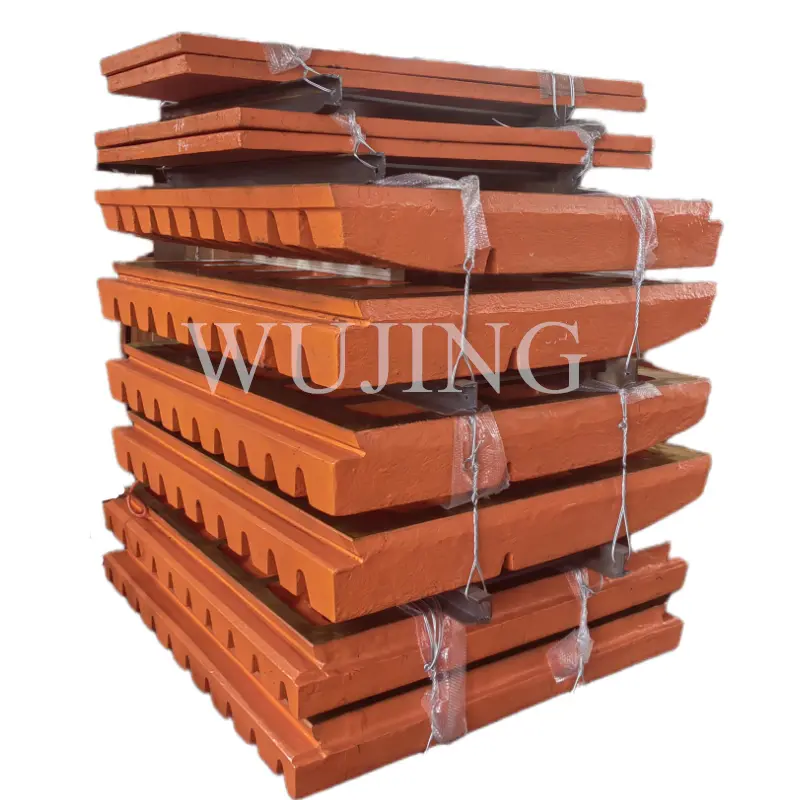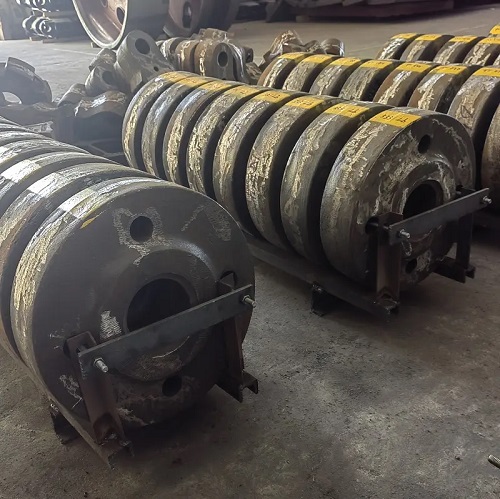Common understanding of hardness and wear resistance
This paper expounds the common view held by the public that higher hardness leads to better wear resistance, explaining that hardness is an indicator of a material’s ability to resist local deformation, and wear resistance is a material’s ability to resist wear. When other factors are not considered, the two are directly proportional, leading to the following discussion on the fact that high hardness does not necessarily mean high wear resistance.
The truth that high hardness does not equal high wear resistance
(1) Differences in wear mechanisms
Explain different types of wear, such as cut-in wear and impact wear. Illustrate that for impact wear, increasing hardness has a poor effect on enhancing wear resistance. Take the example of high manganese steel achieving a good wear resistance effect by combining hardness and toughness through work hardening under impact as an illustration.
(2) The influence of microstructure and composition of materials
This paper analyzes the effects of microstructure such as grain size and grain boundaries, as well as chemical composition on wear resistance, and points out that even if the hardness is high, if the microstructure is poor or the composition is inappropriate, the wear resistance will not be ideal. Taking the wear resistance of tungsten carbide as an example, it is not only determined by hardness but also related to particle distribution and bonding mode.
(3) The Role of Surface characteristics
This paper explains the influence of surface characteristics such as surface finish and surface treatment on wear resistance, points out that excessively high hardness may lead to an overly smooth surface, reducing the actual contact area and affecting wear resistance, and emphasizes that surface treatment can enhance wear resistance.

Resilience: The Overlooked Key Role
(1) The Scientific Definition of Resilience
The definition of toughness is given, which is the ability of a material to absorb energy and resist fracture when subjected to impact or dynamic loads. The difference between toughness and brittleness is explained by taking the different performances of glass (brittle material) and rubber (tough material) when subjected to impact as examples.
(2) The Importance of Toughness in Practical Applications
From the perspectives of safety, reliability and economy, the significance of toughness in engineering applications is expounded. For instance, in the parts of crushers, sufficient toughness can prevent the parts from breaking under impact, ensuring the stable operation of the equipment and reducing maintenance and replacement costs.
The balance between hardness and toughness
(1) Analysis of Actual Cases
Taking the hammer head of a crusher as an example, this paper analyzes the requirements that the head needs high hardness to ensure wear resistance and the handle needs high toughness to withstand impact. It indicates that when designing and selecting materials, the hardness and toughness need to be balanced according to the working conditions of the parts.
(2) How to achieve Balance
This paper expounds on achieving a balance between hardness and toughness through methods such as selecting appropriate materials, optimizing the microstructure of materials, and applying surface treatment, and introduces technological means such as composite casting and heat treatment.
Comprehensive considerations for the selection of Wear-resistant materials
In summary, when choosing wear-resistant materials, one should not only consider hardness but also take into account multiple factors such as toughness, microstructure, surface characteristics, and working environment. This emphasizes the significance of comprehensive assessment and selection of appropriate materials to meet actual needs and enhance product performance, guiding readers to view material properties in an all-round way.
Post time: Nov-06-2025

